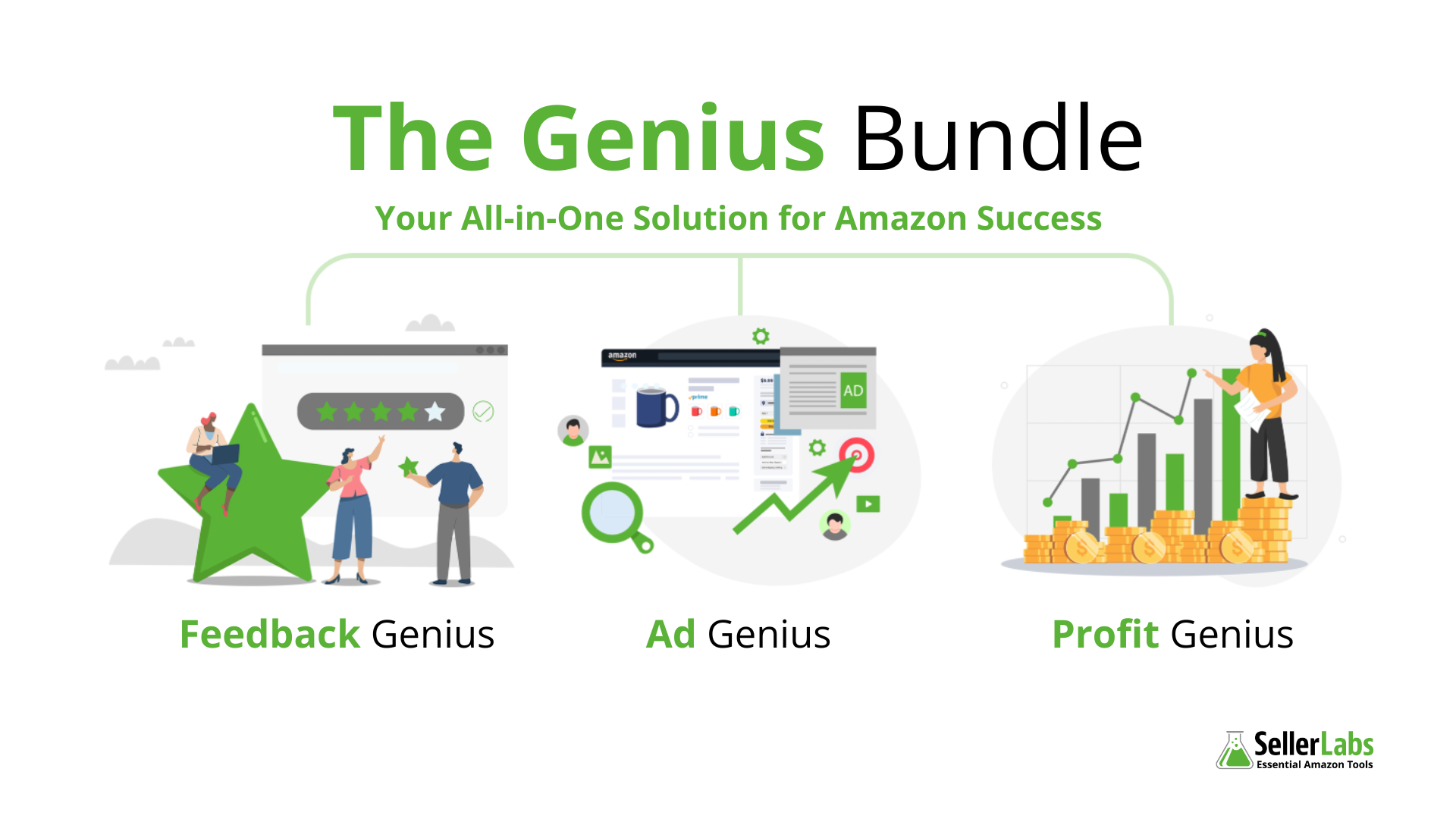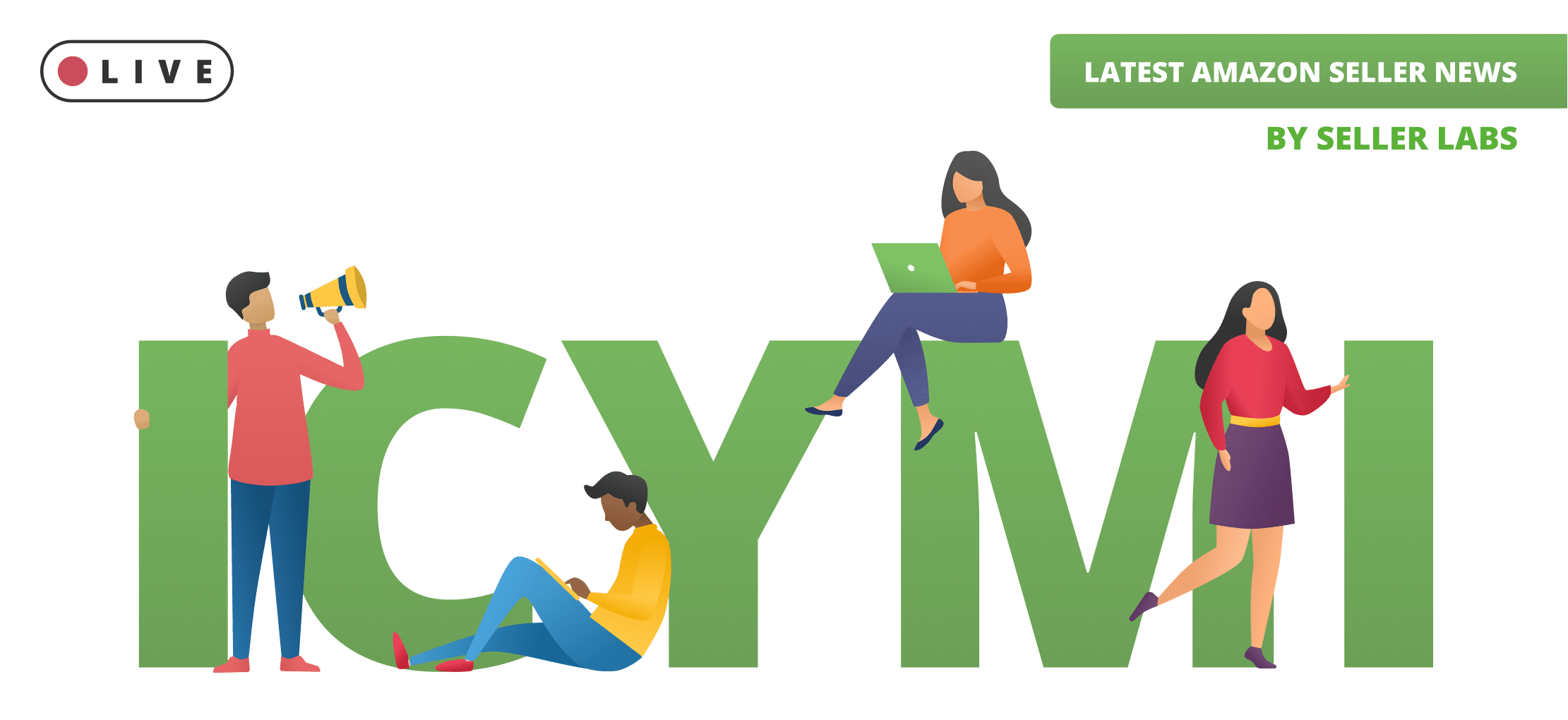Several years ago, Amazon FBA businesses were the quick shortcut to being a millionaire and moving to the Bahamas. Everyone and their mother had an online business — starting an Amazon business was a profitable means of easy income!
In 2021, that just isn’t true. Now the market is oversaturated with private brands or scam artists trying to make a buck. Prime customers’ expectations have only increased, along with shipping costs, fulfillment fees, and the other expenses of running an Amazon FBA business.
US trade wars with China haven’t helped. With the world’s most affordable manufacturing, China used to be the best place to source FBA products. Now many sellers are turning to manufacturers in the United States and facing higher prices as a result.
CHAPTER I What Types of Amazon FBA Business Exist?
Amazon FBA is selling on Amazon — except Amazon takes care of the details. You send your products to Amazon, they handle picking, packing, and shipping, customer support, return processing, and more.
There are three main types of Amazon FBA selling: private label, retail arbitrage, and wholesale. Let’s take a look at each.
Private Label
Private labelers choose the products they sell. After a fair bit of market research, they contact domestic or international manufacturers with their product ideas to supply their products in bulk.
Private label sellers create their own brand on Amazon, which is often the hardest part. They build a storefront, product listings, social media accounts, etc.
Retail Arbitrage
Retail arbitrage is buying discounted products at retail stores and then reselling them for a good profit margin. In retail arbitrage, you don’t need to create a unique brand because you’re reselling other brands’ products.
In recent years, Amazon has cracked down on sellers who own products sold. This left many sellers to wonder – is retail arbitrage a dying art? We answer that question in our article:
Wholesale
Similar to retail arbitrage, wholesale sellers buy branded products without needing to create their own private label. The difference is that wholesalers buy items sold in bulk, so they usually work with manufacturers directly.
In addition, wholesalers don’t create new product listings, they simply add their offer to an existing product listing.
What About Dropshipping?
Amazon Dropshipping is similar to Amazon FBA, except sellers don’t store inventory in Amazon fulfillment centers. Instead, the supplier fulfills orders on behalf of the seller as customers buy products.
If you have a trustworthy and affordable manufacturer, dropshipping is a lucrative alternative to an Amazon FBA business. With eCommerce dropshipping, you only buy what you sell, and the supplier ships your products, so you can avoid FBA fulfillment fees.
CHAPTER II Amazon FBA Vs. Amazon FBM
If you’re new to Amazon, you should first learn how to sell on Amazon in general before expanding to FBA. Once you’ve launched a new product, then consider your fulfillment options.
If you’re already an Amazon seller, you’re familiar with the terms Fulfillment by Merchant (FBM) and Fulfillment by Amazon (FBA). What you may not realize is that you don’t have to choose between the two!
Many merchants with Professional seller accounts use the different fulfillment methods simultaneously. FBM and FBA each offer unique benefits. Here’s a rundown of both.
Before you commit to either fulfillment method, you should understand the costs associated with each. The fees for FBA are notoriously complicated and vary based on the parcel size, product categories, etc. Read up on all the types of Amazon seller fees for more information.
CHAPTER III Starting an Amazon FBA Business
Because of the huge influx of third-party sellers to the Amazon marketplace, FBA just isn’t what it used to be. In order to stay competitive and be profitable, you need to optimize your performance. Use these 7 tips to be the best seller you can be.
1. Leverage FBA’s Shipping Programs
Once you’ve sourced a product, how do you ship it? There are a couple of programs that are only available to Amazon FBA sellers. Take advantage of the following programs to potentially avoid monthly storage fees:
- Small and Light
- Subscribe and Save
- FBA Pan-EU
- FBA Export
- Frustration-Free Packaging
- Multi-channel Fulfillment
2. Get the Buy Box
Possibly the biggest advantage of FBA is the likelihood that you’ll win the Buy Box. To oversimplify, you can get the Buy Box by being a top-notch seller.
How exactly? Well, we wrote the guide on it.
3. Secure a Badge On Your Product Listing
Some badges provide an instant visibility boost. You’ll want to get one of these badges to get more traffic, and therefore, conversions.
The two most popular badges are “Amazon’s Choice” and “Best Seller”. What’s the difference?

| Amazon’s Choice | Best Seller |
|---|---|
| Amazon’s Choice is keyword-based. | The Best Seller Badge is sales-based. |
| A product will receive an Amazon’s Choice badge for a particular search term when it has sold the most products on that search term’s results page. | A product will receive the Best Seller Badge in a particular category when it has sold the most products in that category. |
| Products with Amazon’s Choice will match with customers’ queries in voice search. | Bestsellers perform well in search and are also highly visible to shoppers who browse. |
4. Apply for Reimbursement & Avoid Unnecessary Fees
Amazon handles millions of shipments each day — mistakes are bound to happen. Human error varies from miscalculated weight fees to product returns that were never received.
If you catch one of these mistakes, you’re eligible for FBA reimbursement, so check seller central regularly for opportunities. While you’re in the nitty-gritty, look for chances to optimize your FBA inventory management as a whole.
Amazon will regularly charge you for things like long-term storage fees. If you pay attention, you can avoid these unnecessary costs. Remember, you’re in the business of selling products, not storing them.
5. Don’t Sell Against the Brand
Amazon isn’t just the world’s largest online marketplace, it also owns several private labels. In addition to household names like Amazon Fresh and Amazon Basics, Amazon owns products under various names.
Pro Tip: If you plan on selling a product that is a direct competitor to Amazon, don’t.
Keep an eye out when Amazon is in a niche you’d like to compete in. Amazon is known for pushing out competitors with lower prices and manipulated rankings.
In fact, Amazon recently came under fire for antitrust investigations in Europe. Whether it’s legal or not, you vs. Amazon is not a battle you’re likely going to win.
Instead, test products for Amazon FBA by selling a small amount first, before committing to a large amount of product. Or, you can sell a variation of the product that Amazon sells.
6. Build a Brand
Amazon has favored brands over resellers for a couple of years now. In fact, registered brand owners are eligible for special privileges with Amazon Brand Registry.
Building a brand means researching your buyer persona(s), making relationships with influencers, developing a brand voice, etc. Don’t skimp on this step in the beginning. Having a well-defined brand statement will make your future marketing decisions a whole lot clearer.
For example, our partners at 5Strands know exactly what their target audience expects of them. Their water test kit helps keep families’ pets and children safe from Blue-Green Algae. Their brand loves animals, and that decision helps them optimize their product listings and photos!

7. Use Amazon Marketing Services (AMS)
Amazon Marketing is an intimidating topic for newcomers. From Attribution, Demand Side Platform (DSP), and Posts, to Sponsored Brands, Products, and Display, AMS’s options for marketing are widely varied.
If you’re new to advertising on Amazon, get started on Sponsored Products. If you’re already an expert, then read our full guide on the best Amazon Marketing Strategy.
CHAPTER IV Is Amazon FBA a Viable Business Option in 2021?
There is a lot of evidence that Amazon is a profitable company. Last year, Amazon surpassed $1 trillion in market value. A single share of Amazon stock costs more than $3,000. The company owns half of the U.S. eCommerce market. Impressive statistics.
What these dazzling numbers don’t tell you is whether you can make a profit on Amazon. There are some great Amazon FBA resources that will help you answer that question, but consider the numbers.
This year, over a million sellers joined Amazon. Globally, the platform hosts 9.7 million sellers. It is simply an overcrowded market.
Pro-Tip Diversification will set your FBA business apart from the million other sellers on the marketplace.
In March 2020, sellers got the FBA rug pulled out from under them. Overnight, Amazon announced that it would prioritize essential goods only. We all learned the value of diverse revenue streams after that.
Relying on one means of fulfillment, or even one platform, simply isn’t enough to succeed in 2021. The overwhelming majority of shoppers expect to see a uniform shopping experience across multiple platforms.
An Amazon FBA business is an amazing addition to your seller toolkit, but it shouldn’t be your only tool. If you’re not also selling on your own website, social media channels, and brick-and-mortar locations, you’re leaving money on the table.
Want to sell on multiple channels?
Seller Labs PRO will help you sell on Amazon, but our partners at X-Cart can help you expand your business.












